
Making the distinction between these two easily confused ancient powerhouse plants.
The misconception between the Water Lily Plant and the Lotus flower is something that has confused Makhana fans around the world. ZENKO's co-founders Wouter and Jochim explored the communities where Makhana is harvested to re-discover what Makhana truly is.
WATER LILY POPS (also called makhana in India) are derived from the seeds of the prickly water lily plant. The botanical name of this aquatic plant species is Euryale ferox Salisbury. After harvest, the seeds undergo a process of sun drying, roasting, popping and seasoning to become the light, crunchy and delicious snack you can straight out of our bags.
LOTUS SEEDS (also called Kamal seeds in India) are obtained from the lotus plant. Its botanical name is Nelumbo nucifera Gaertner. Its seeds can be eaten in a variety of ways but cannot be popped. They are mostly sold roasted or dried, for use in cooking.
These two ancient plants resemble each other and largely grow in the same places. Their nutritious seeds are both being used in food and traditional medicine in India and China. No wonder they are often confused or mislabelled!
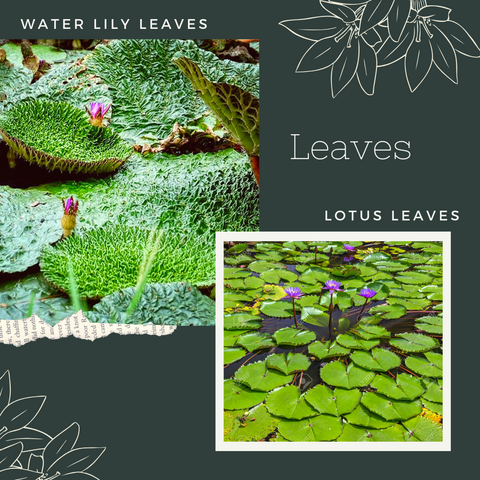
Prickly Water Lily leaves have a quilted texture, although the stems, flowers, and leaves which float on the surface are covered in sharp prickles. On the other hand, lotus leaves are smooth in texture, and both leaf stalks and flowers may rise above the water surface bending towards the sun.
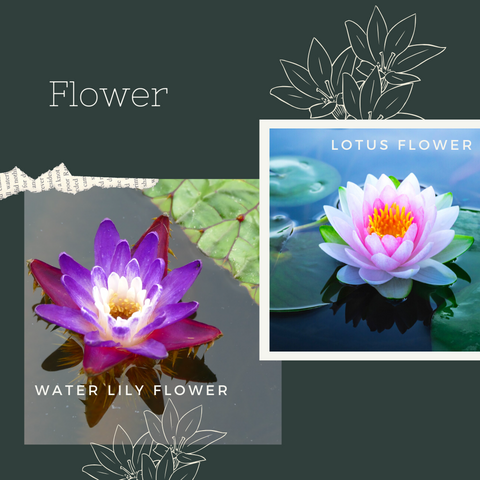
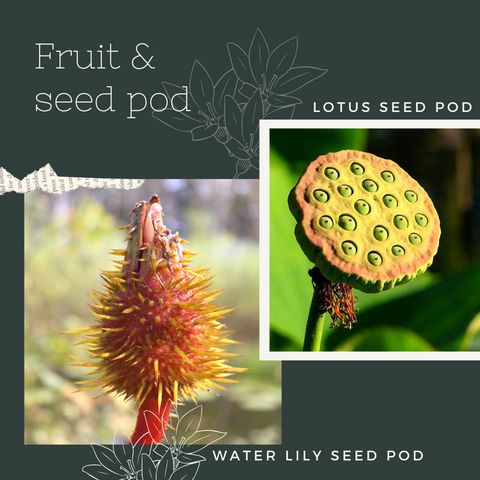
The water lily seeds are stored in the bulb of the water lily flower, a prickly bundle full of the seeds which eventually burst when it is ripe, releasing the seeds, and making them available to harvest. While water lily seeds are stored in the bulb of the flowers, lotus seeds are stored in the lotus’ emergent roots, which grow in parallel to the flowers where their seeds reside.
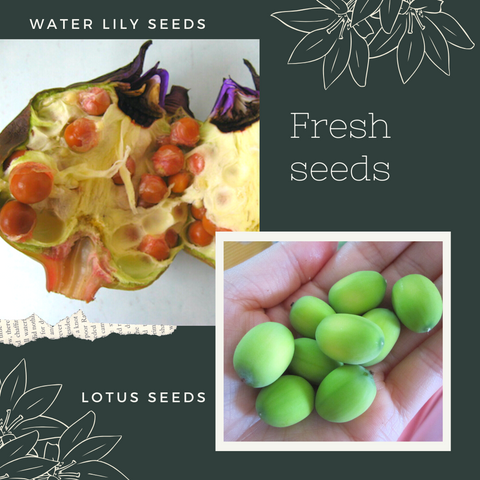


The primary difference between the seeds is that water lily seeds can be naturally processed into light, puffy, airy Makhana, which is like popcorn, but corn free with a plethora of health benefits. Lotus seeds, however, are consumed more similarly to roasted corn nuts or pumpkin and sunflower seeds, where the seed remains close to the form it was harvested in.
Water Lily seeds are harvested, roasted, and popped, preparing them to be consumed by the locals who have enjoyed them for years, and more recently, to be sent to other curious explorers eager to try this coveted superfood as well.

Unlike water lily seeds, lotus seeds can’t be popped. Rather, they are harvested, their hard shell is removed and they are roasted and can be eaten once roasted. It is a common ingredient in Chinese herbal soups, and is someone referred to as the Chinese Almond even!
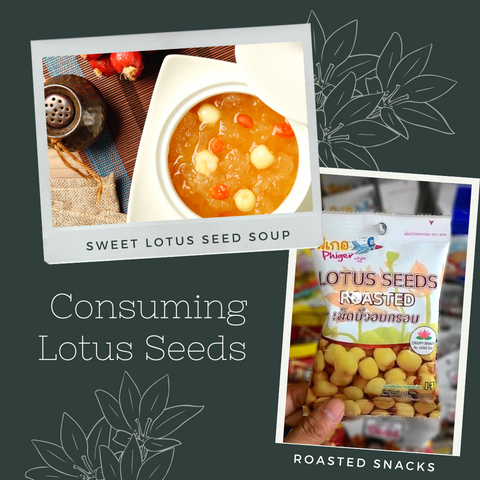
Through ZENKO’s hands-on approach with our suppliers, we have peeled back all the confusion around these seeds, and can now sit back and enjoy a few freshly popped and roasted Water Lily Seeds of our favourite flavour!
To visit our Water Lily Pop flavours and purchase some, click here.
More articles:
Top 10 Health Benefits of Water Lily Pops
Bihar Unlocked: An interview with our co-founders
2,000 Year Tradition: The Cultural Context of Makhana






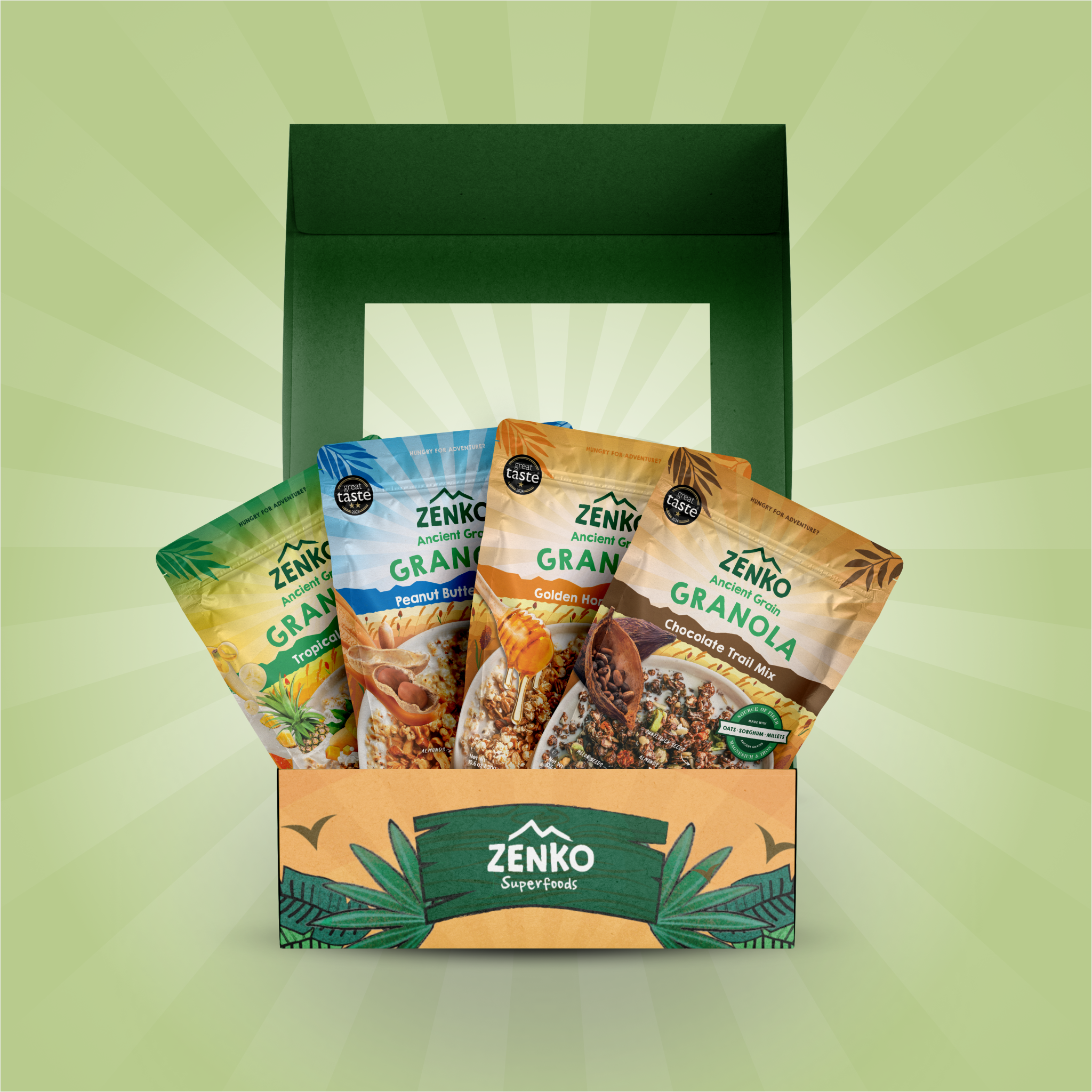
5 comments
If you haven’t tried roasted sunflower seeds yet, I wholeheartedly recommend giving them a go. They are an affordable, wholesome, and utterly delicious snack that will leave you coming back for more. So, why not spread some happiness and flavor with roasted sunflower seeds today? Happy snacking! 🌻
Which is Healther in both lily or lotus seed
can hamsters eat water lily pops original as a healthier alternative as well?
Very informative with pictures to compare exactly what I was looking for! Very recently came to know about Makhana and started having them occasionally. Nutritional information would be an added plus!
Very informative ⚡